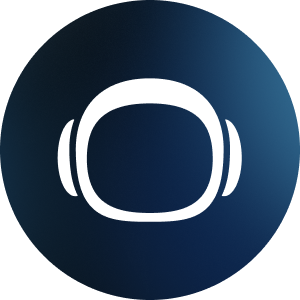We’re proud to announce a new release of CodeScene, version 3.1!
CodeScene 3.1 comes with several improvements like high-resolution Code Health scores for CI/CD, additional author statistics and experience figures, project import and export support, Jira cost trends for the whole codebase, and much more.
In addition, we’re introducing a new type of analysis – Brooks’s Law – that detects trends in the measurable output correlated to staffing. Finally, we also provide a generic CI/CD integration that lets you use CodeScene in your build pipeline to supervise technical debt and code health.
Looking forward, we will do another release in a few weeks time where we also add SSO support using OAuth2/OIDC. This SSO support lets you authenticate via GitHub, the Google Identity Platform, and more.
New Features
- High-Resolution Code Health Scores: Since version 3.0, CodeScene offers quality gates in CI/CD that detects hotspots with declining health and violated goals for identified technical debt. In this new version we improve the resolution of the Code Health scores so that smaller slips in Code Health are detected, and the organization can react earlier to a potential downwards trend.
-Nov-09-2021-04-37-53-27-PM.png?width=1038&name=code-health-gate%20(1)-Nov-09-2021-04-37-53-27-PM.png)
Supervise the code health of your hotspots in a CI/CD build pipeline.
-
Generic Bridge for CI/CD Integration of CodeScene: The CI/CD quality gates are a key component in CodeScene’s goal-oriented workflow for managing technical debt. To make the CI/CD integration as easy as possible, we now provide a generic bridge for the integration. The CI/CD bridge is open sourced on GitHub.
-
Positive Reinforcement for Improved Code Health: Fixing technical debt and code quality issues is a hard problem. That’s why CodeScene now reinforces positive behavior by providing feedback on code that improves its health in a CI/CD pipeline. Read more about it in this article.
-
High-Resolution Code Health Scores on the Hotspot Dashboard: The high-resolution Code Health scores are presented on the hotspot dashboard as well. Since too detailed measures might become distracting, we tone down the high-resolution score. The purpose is to get early feedback on hotspots that are on their way to a lower score:

The hotspots Code Health dashboard with high-resolution metrics.
- Measure Brooks’s Law and Development Output Trends: Brooks' Law states that adding more people to a late software project makes it later. Hence, use CodeScene’s development output trends to measure the effects of any changes in staffing:

CodeScene measures trends in development output with respect to the number of contributing authors.
-
Full Support for Erlang: CodeScene now includes Code Health scores, the virtual code review, and X-Ray for the Erlang programming language.
-
Support to Export and Import Projects: In many organizations, the CodeScene projects may share the same settings and configurations. With this version, it’s possible to export existing projects and create new projects using the exported project as a template.
Improvements
- Jira cost trends for the whole codebase to detect overall trends in the type of work that is done over time.
- Introduce a new Technical Lead role with permissions to specify goals.
- Separate reporting of Unsupported Language and Only Data Declarations in the Code Health dashboards.
- Make the Modus Operandi Analysis a weekly trend and expand it with more graphs, one for each search term. This gives insights into the type of work being done for organizations that don’t have Jira.
- Include the analysis duration in the Project Activity Monitoring View.
- Present author contribution statistics.
- Re-introduce the total number of Lines of Code on the project dashboard.
- Integrate code comments as a code review feedback. The main use cases are to detect static analysis suppressions,
TODOs, and other code comment patterns. - Minor bug fixes and improvements.
Get your license for CodeScene here.

